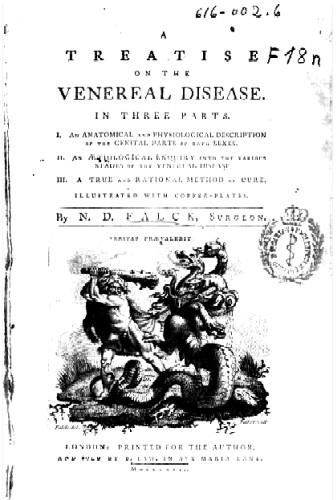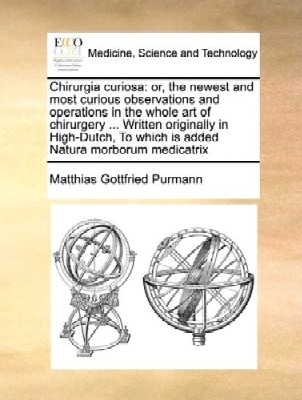
Finding and Obtaining Period Surgical Refs Page Menu: 1 2 3 Next>>
Finding and Obtaining 17th/18th Century Surgical References - Page 1
One of the questions I am most often asked is, "How do you get a copy of the surgions mate? This is John Woodall's book, the first English book written specifically for sea surgeons. So I thought I'd share my methods for finding and obtaining actual period resources, including Woodall.
Period works are becoming ever easier to get as time goes on. 
John Woodall, the surgions mate author
While I am not willing to give away PDFs of resources I have procured, I am very willing to lead you right to the doorway of getting your own copy,
Be forewarned that period books can have all sorts of odd spelling, punctuation, run-on sentences, paragraphs that run for pages, things that look like an 'f' for an 's', 'vv' for 'w', 'i's for 'j's 'u's for 'v's and vice-versa and so on. In fact, I wrote a whole web page about the bizarre format of period documents called A Guide for Writing in Fyne 17th/18th c. Style. It will give you a humorous understanding of what it can take to read some period documents.
Note that as you read along and get used to each particular author's writing peccidillos, their book will begin to make more sense and you will find yourself understanding the text better. (This is except for John Woodall's book, which I struggled mightily with from beginning to end. His is the one I based that writing guide upon. On two facing pages he actually spelled the word 'blood' three different ways. I am not kidding.)
Two Easy Ways to Obtain 17th/18th Century References

A Treatise on VD by N.D. Falck, which is not mentioned in the
text, but was chosen primarily for the lurid graphic.
Marten's title page isn't nearly this exciting. The first method for obtaining authentic period references is one I've already mentioned: the on-line digitization project that U of M is doing. All sorts of books can be found in PDF format using Google Book Search. I know they are working through their collection because every month or so I am sent a link to a period medical reference book by Surgeon's Journal readers. (Which is great - keep 'em coming!) I won't list all of these because there are far too many. However, by way of example, a few recent links forwarded to me by my friend Lee Morrisroe include A treatise of the diseases most frequent in the West Indies by Richard Towne (1726), A Treatise of the Venereal Disease by John Marten (1711) and Colloquia Chirurgica or, the Art of Surgery by James Handley (1743). Starting here is great if you're just looking for general period books on the topic of Surgery (and any other topic, for that matter.)
I prefer the second easy way to obtain period books when I'm looking for specific references. There are a lot of period books, far more than you would likely guess and sifting through them can be a nightmare if you don't know what you want. The best way I've discovered to find some of the important books is to read modern books on period medicine (of which there are some very good ones which I will mention in the lists on the last page) and scour their end notes, foot notes and bibliographies. When reading an important period medical book, I also take note of the other books to which the period authors refers. Period authors frequently refer to other authors, even going to the trouble to put side notes in the margin indicating the author, book, section, chapter, page and so forth.
In this way, I like to build a list of period books I want to procure. Then I go out and find them the best way I know: I either buy reprints of them or try and obtain them through inter-library loan. (Your local reference librarian can really be really helpful in this regard. Make friends with them!)
Purchasing Reprints
Gale/ECCO recently began reprinting 17th and 18th century books in paperback format. On the plus side, you can get many good references this way. On the minus side, any imperfections and faintness in the original PDFs from which they are reprinting these PDFs will appear in the reprinting. I have found entire pages may be faint and difficult to read. Still, for the most part, they are a fairly inexpensive and reasonable way to get period books.

Gale/ECCO's Idea of an Exciting Book CoverTo find these books, type in the title or author for which your searching on Amazon's site. Because these are generic reprints (often having the same cover) there isn't usually much to see in the Amazon listing for the Gale/ECCO book, but at least you can get the book you want . For example, I have long wanted to read Hans Sloane's A voyage to the islands of Madera, Barbadoes, Nieves, S. Christophers and Jamaica and I got both volumes in this way. I have also picked up some interesting medical books referred to by other period authors in the same manner, like the one you see at left.
You may also find older, used reprints from other publishers in this way. Most of these reprints are actually retyped and often contain useful foot- and end-notes that explain obscure terms and references. Because they are retyped, they are also clear and easy to read. Many times the text has been modernized for current audiences (which you may consider good or bad.)
If you find a used book on Amazon but think it is too expensive, I recommend trying the wonderful uber-search engine Bookfinder. I picked up a 1978 reprint copy of John Woodall's the surgion's mate in this way by searching for 'John Woodall' on Bookfinder. (You can even find original copies this way if you have several thousand dollars burning a hole in your pocket.)
So now you have one way to get Woodall's book. There is another way to get it for free. (Well, sort of.) To find out how, see the next page.

